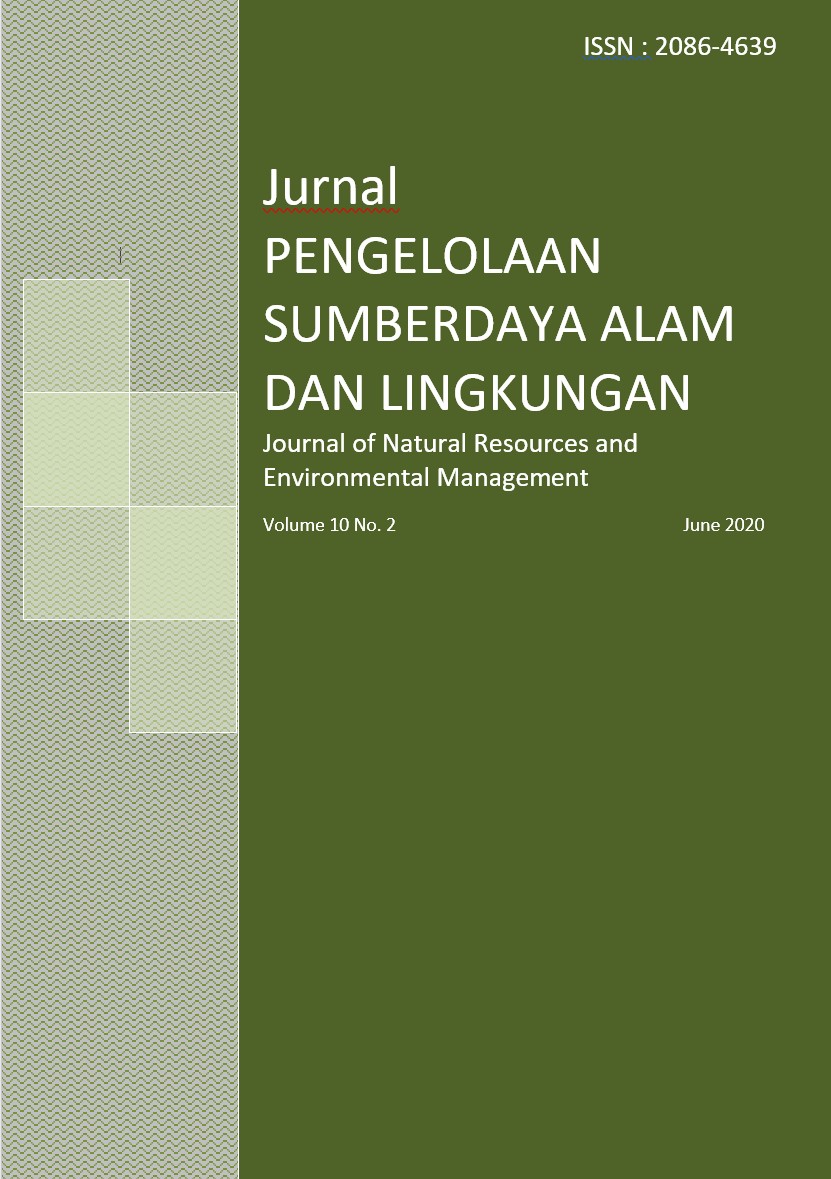STRATEGI PENGENDALIAN ALIH FUNGSI LAHAN PERTANIAN DI DESA PANDAK GEDE KABUPATEN TABANAN
Abstract
Abstract
The Tabanan District Spatial Plan 2012-2032 states that Pandak Gede Village has a role as an environmental center that functions as the center of a residential area that serves the surrounding rural areas. The increase in population in Pandak Gede Village has caused changes in the number and distribution of settlement areas. The reduced area of agricultural land can be an indication of the conversion of agricultural land to non-agricultural land. Given these indications, research is needed to find out how the conditions of land use change in Pandak Gede Village are seen from the social, economic, cultural aspects. Are there developments that are not in accordance with the Spatial Plan for Tabanan Regency 2012-2032, is there any indication of the conversion of agricultural land in Pandak Gede Village and how alternative strategies can be taken to minimize the mismatch of regional development against the Tabanan District Spatial Plan 2012-2032. The method used in this research is the mix method. The analysis included: socioeconomic analysis, socio-cultural analysis, regional development analysis, land use suitability analysis, and analysis of agricultural land use control strategies. The results showed an indication of the conversion of agricultural land by 18.71 hectares into residential and non-agricultural land. Alternative strategies that can be done are facilitative, reeducative, persuasive and power strategies to the government, to Pandak Gede Village, to community owners and buyers of land, to environmentalists, to further research and education.
Authors
Authors who publish with this journal agree to the following terms:
- Authors retain copyright and grant the journal right of first publication with the work simultaneously licensed under a Creative Commons Attribution License that allows others to share the work with an acknowledgement of the work's authorship and initial publication in this journal.
- Authors are able to enter into separate, additional contractual arrangements for the non-exclusive distribution of the journal's published version of the work (e.g., post it to an institutional repository or publish it in a book), with an acknowledgement of its initial publication in this journal.
- Authors are permitted and encouraged to post their work online (e.g., in institutional repositories or on their website) prior to and during the submission process, as it can lead to productive exchanges, as well as earlier and greater citation of published work (See The Effect of Open Access).





